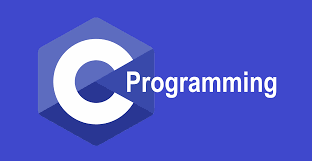

Understand the basic structure of C programs, data types, constants, and variables. Apply arithmetic, logical, relational, and bitwise operators with correct precedence and associativity. Implement decision-making, branching, and looping constructs for program control. Use console input/output functions and formatted I/O for interactive programming. Design and use functions, including recursive functions, for modular programming. Develop programs using one-dimensional and multi-dimensional arrays. Understand pointers, pointer arithmetic, dynamic memory allocation, and their relation with arrays and functions. Use structures, unions, and bit fields to represent complex data efficiently. Perform file operations such as reading, writing, and appending data. Utilize preprocessor directives for macro substitution, file inclusion, and compiler control.
This course introduces the fundamental concepts of structured programming using the C language. It provides a solid foundation in data representation, operators, and control flow constructs essential for developing efficient programs. Students learn to design and implement programs using functions, arrays, and pointers for modular and memory-efficient applications. The course also covers the use of structures and unions for handling complex data, dynamic memory allocation, and command-line arguments. Emphasis is given to file handling operations for data storage and retrieval, as well as preprocessor directives for code optimization and management. By the end of the course, students will be able to write, debug, and optimize C programs to solve real-world computational problems effectively.

0 Reviews
To strive for academic excellence and impart quality education with emphasis on Electronics and Communication Engineering. - To inculcate the habit of executing effective implementation and rectification of Electronics Engineering problems in the minds of all concerned, which they can apply in their professional life in future.
